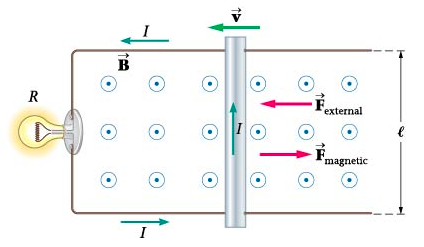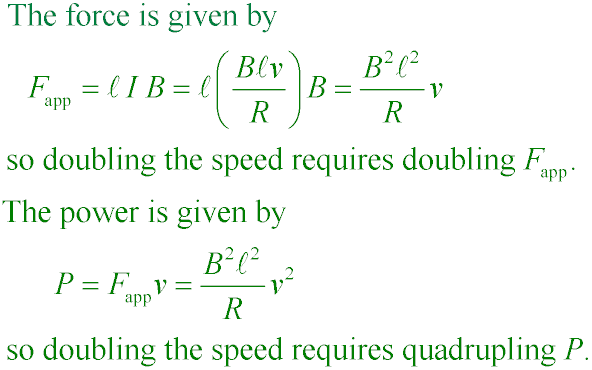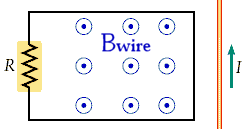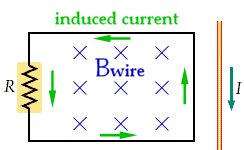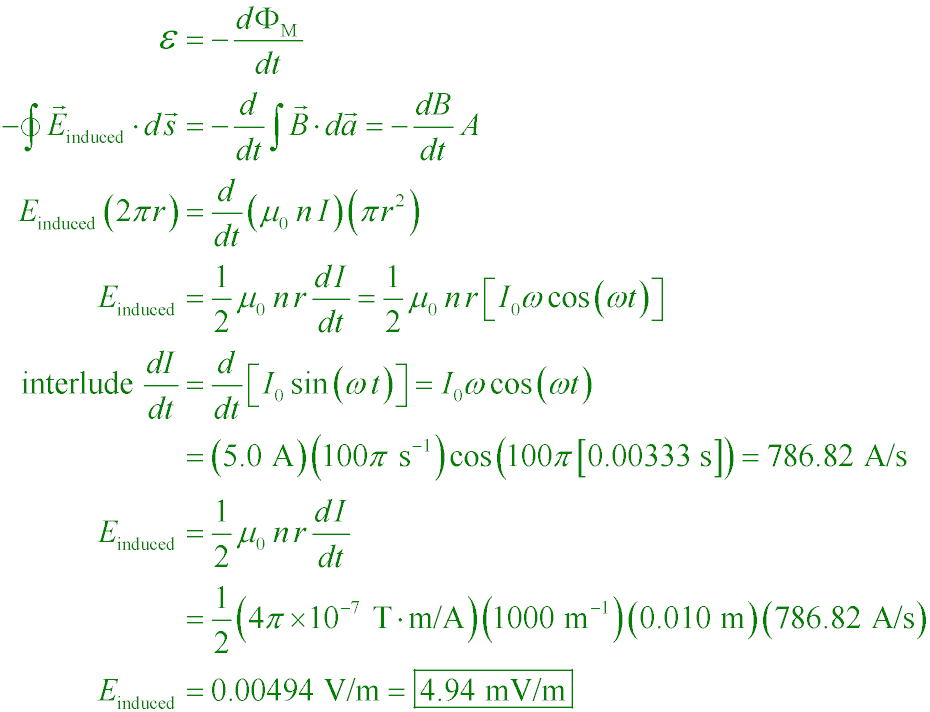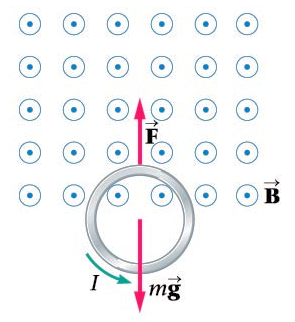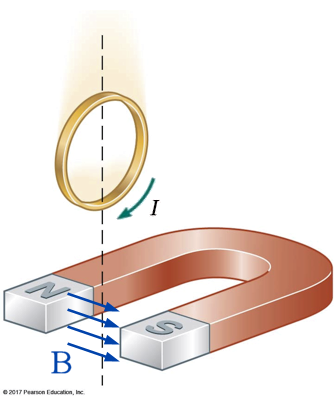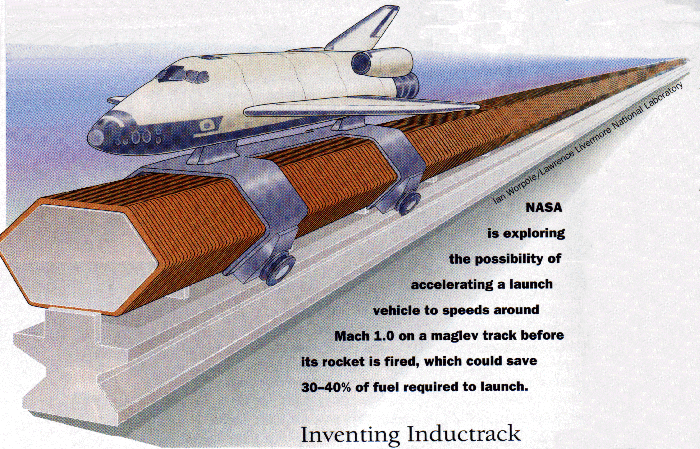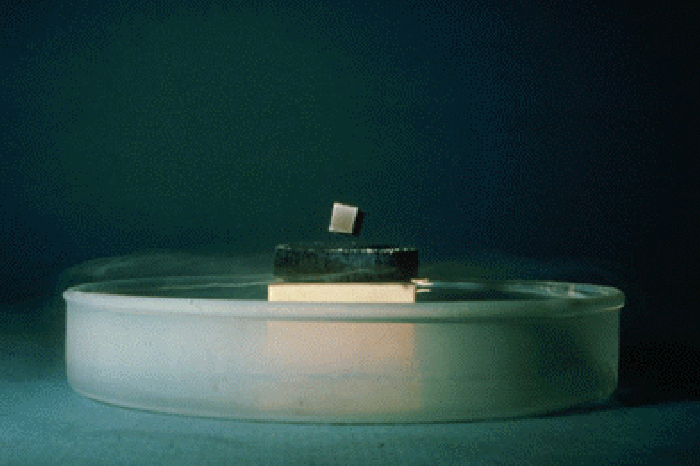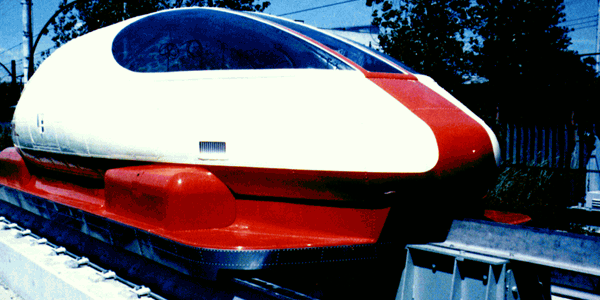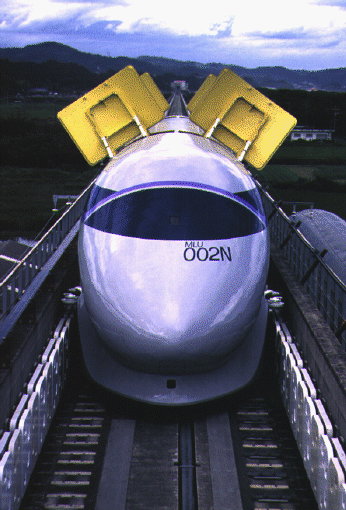The US Navy is finalizing the technology needed to replace its explosive shells with high speed
projectiles launched by rail guns. Take a look at a
video demonstration, but note that widespread implementation is not going well. Read more at
Wikipedia.
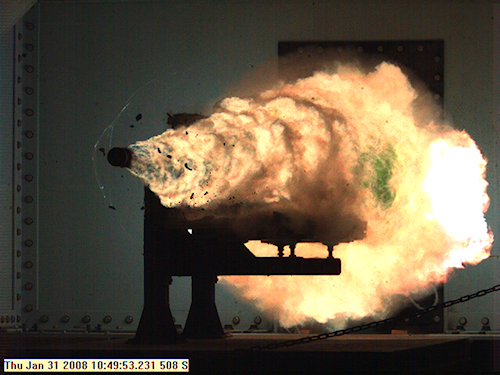
Photograph taken from a high-speed video camera during a record-setting firing of an electromagnetic
railgun (EMRG) at Naval Surface Warfare Center, Dahlgren, Va., on January 31, 2008, firing a 3.2 kg
projectile at 10.64MJ (megajoules) with a muzzle velocity of 2520 meters per second. The Office of
Naval Research's EMRG program is part of the Department of the Navy's Science and Technology
investments, focused on developing new technologies to support Navy and Marine Corps war fighting needs.
This photograph is a frame taken from a high-speed video camera.
U.S. Navy Photograph (Released)
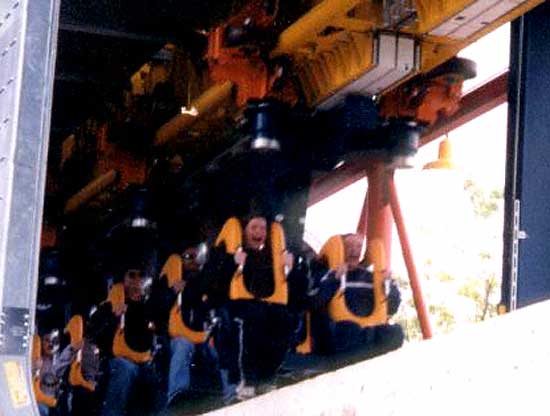
Vertical Velocity (or V2) is an Impulse Coaster at Six Flags Great America which is a coaster that is launched forwards and
backwards using electromagnetic motors. You can see the magnets above the track as this trainload of riders is launched out of the
station. The first launch is quite a rush and you get going faster and faster as you go forwards and backwards until you get up to
70 miles per hour.
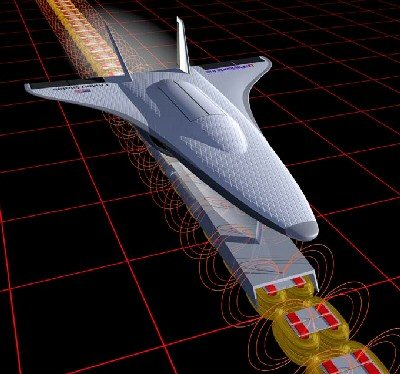
Here are artist sketches of using electromagnetic induction to assist in launching
a space vehicle.
Boeing is working on
developing this technology, as is
NASA.
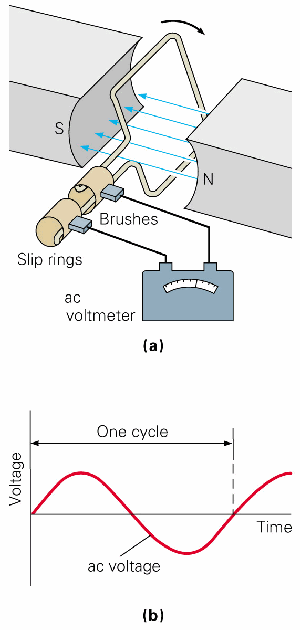
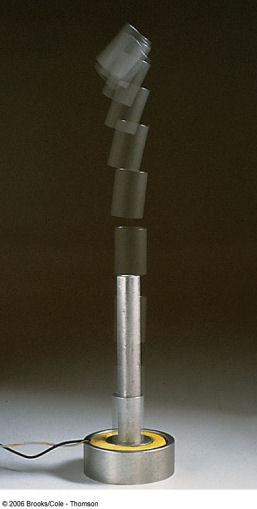
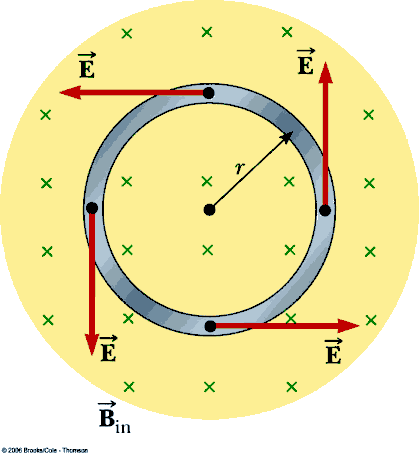

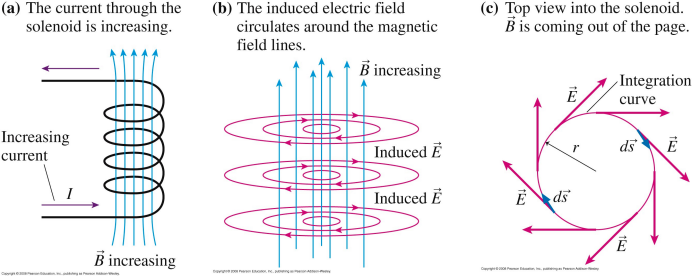
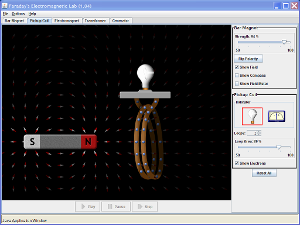
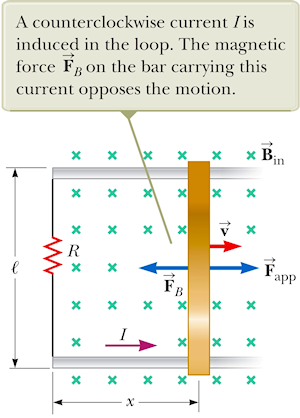
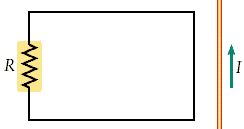
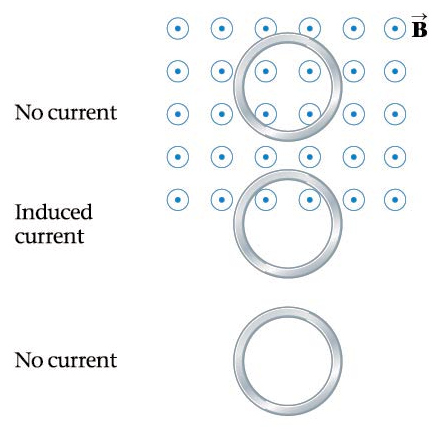
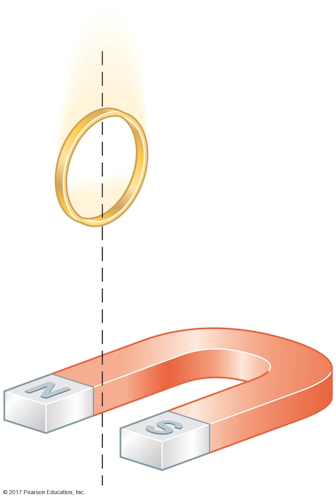 A. clockwise
A. clockwise